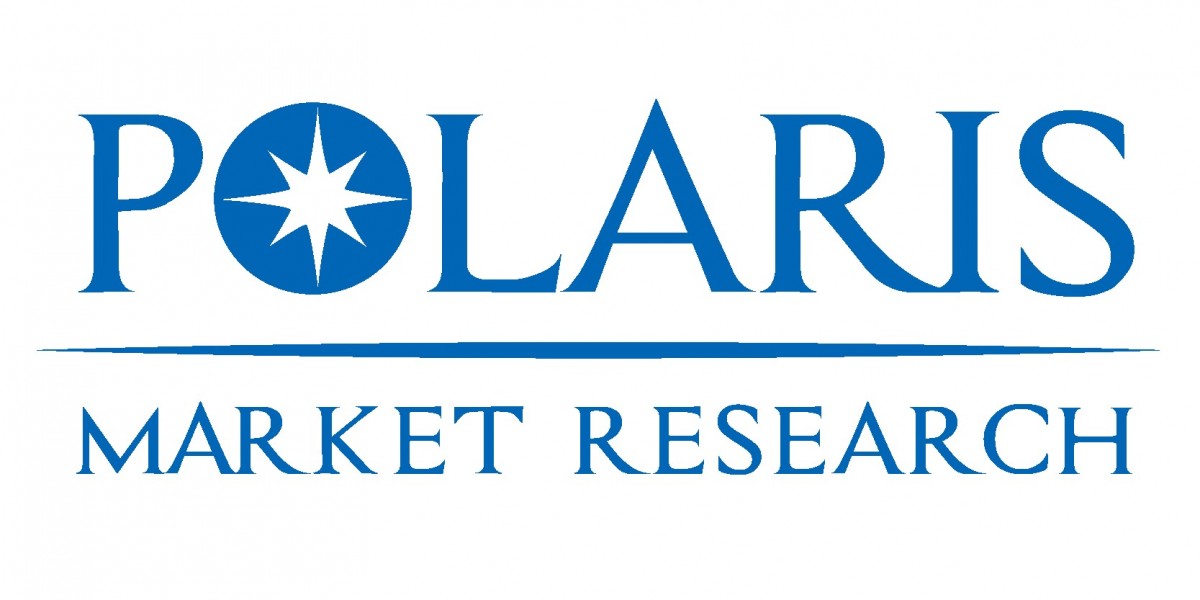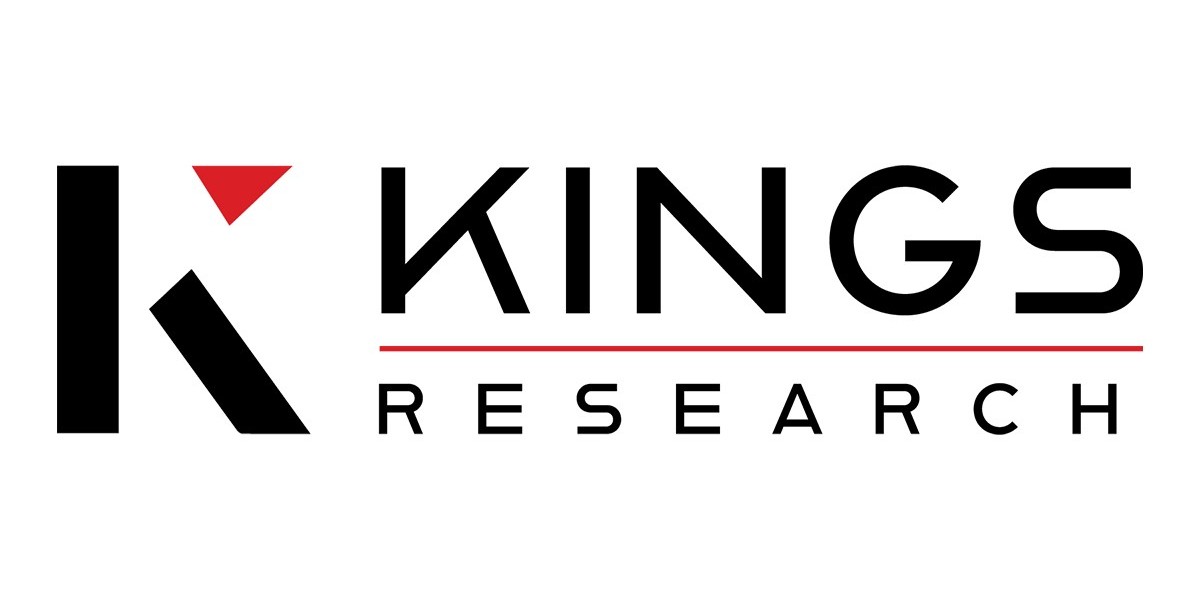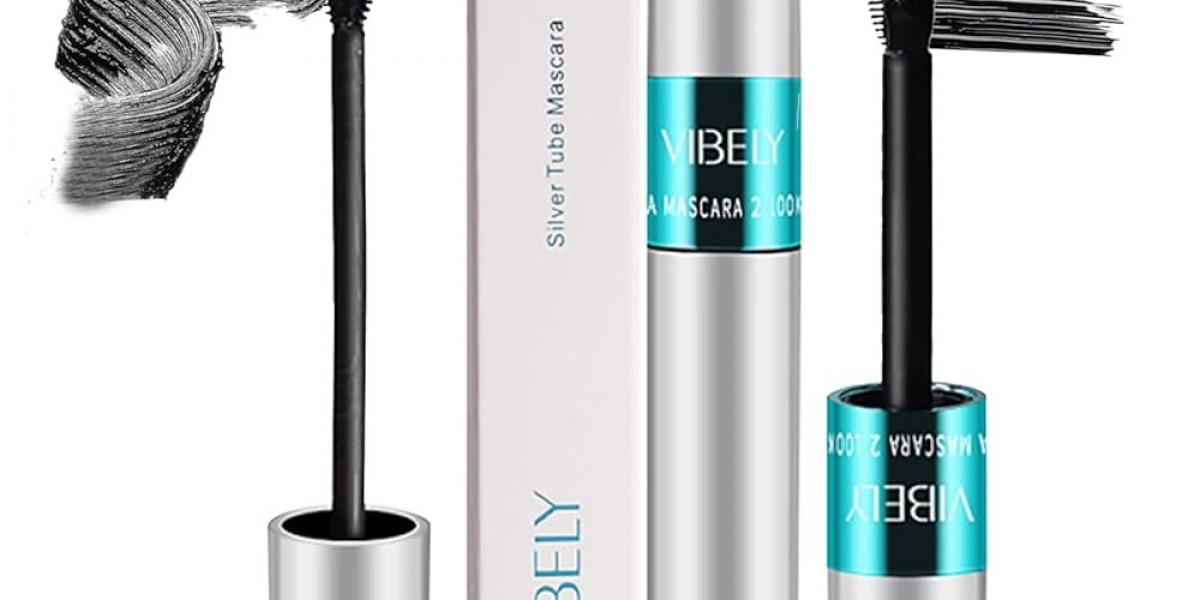Executive Summary / Market Overview
Europe’s industrial cooling systems market is on a durable growth path as operators modernize thermal infrastructure to meet tighter energy-efficiency requirements, water-risk constraints, and carbon-reduction goals. The market was valued at USD 6.24 billion in 2024 and is forecast to reach USD 11.65 billion by 2034, reflecting a 6.45% CAGR (2025–2034). Momentum stems from four converging forces:
- large-scale retrofits across chemicals, power, metals, food & beverage, and pharmaceuticals;
- rapid build-out of high-density data centers requiring resilient, low-PUE cooling;
- EU and national policies accelerating phase-down of high-GWP refrigerants and mandating higher seasonal efficiency; and
- lifecycle economics that favor process cooling systems delivering lower total cost of ownership (TCO) through variable-speed drives, heat recovery, and water-saving designs.
Vendors with strong portfolios in evaporative cooling, hybrid/dry technologies, industrial heat exchangers, digital controls, and aftermarket services are best positioned to capture share as customers prioritize reliability, water/energy efficiency, and decarbonization.
Key players: Alfa Laval; Baltimore Aircoil Company, Inc.; Carrier Global Corporation; Daikin Industries, Ltd.; GEA Group Aktiengesellschaft; Johnson Controls International plc; Paharpur Europe SA (Paharpur Cooling Towers Ltd.); SPIG S.p.A (AUCTUS Capital Partners AG); SPX Cooling Tech, LLC (SPX Technologies); Trane Technologies Company, LLC.
Market Segmentation
By System Type
- Evaporative Cooling (open and closed-circuit cooling towers): Dominant in heavy industry due to favorable thermodynamics and capacity per footprint. Growth supported by drift-reduction, plume abatement, and improved fill media for water quality tolerance.
- Dry Air Coolers (air-cooled condensers/ACCs): Benefiting from water scarcity and site permitting; increasingly used in power and refinery units and for data centers in cooler climates.
- Hybrid / Adiabatic Systems: Fastest-growing niche as operators toggle between dry and wetted modes to optimize energy and water use seasonally.
- Chilled-Water Plants: Central utility plants with high-efficiency chillers (magnetic bearing, oil-free, free-cooling integration) and advanced controls for campus and industrial parks.
Explore The Complete Comprehensive Report Here:
https://www.polarismarketresearch.com/industry-analysis/europe-industrial-cooling-systems-market
By Component
- Cooling Towers & ACCs
- Chillers (water-cooled and air-cooled; centrifugal, screw, scroll)
- Heat Exchangers (plate & frame, shell-and-tube, gasketed and welded)
- Pumps, Valves & Piping
- Filtration & Water Treatment (side-stream filters, biocide dosing, softening, blowdown control)
- Instrumentation & Controls (VFDs, PLCs, IoT sensors, digital twins, predictive maintenance)
By End-Use Industry
- Chemicals & Petrochemicals: Continuous loads and stringent uptime drive demand for redundant, corrosion-resistant solutions.
- Power Generation & Waste-to-Energy: ACCs and hybrid systems expand as water intake permits tighten.
- Food & Beverage: Hygienic design, tight temperature control, and heat recovery for process/wash water preheating.
- Metals & Mining: Robust closed-loop circuits and scale/particulate management.
- Pulp & Paper: Large heat rejection duty cycles; growing emphasis on water reuse.
- Pharmaceuticals & Biotech: Precise thermal stability and GMP compliance; preference for low-GWP chillers.
- Data Centers & Electronics: High-density loads spur adiabatic/dry coolers, liquid cooling pilots, and integrated control strategies.
Key Growth Drivers
1) Regulation-Led Efficiency and Refrigerant Transition
EU Ecodesign rules, the F-Gas phase-down, and national energy-efficiency directives are pushing upgrades to higher-SEER/SCOP equipment and low-GWP refrigerants (HFOs and naturals). Projects increasingly specify magnetic-bearing centrifugal chillers, optimized industrial heat exchangers, and VFD-equipped fans/pumps to reduce kWh and peak demand.
2) Water Stewardship & Permitting Pressure
Water scarcity and discharge limits are catalyzing closed-circuit cooling towers, hybrid systems, advanced drift eliminators, and smart blowdown controls. Side-stream filtration and chemical treatment lower cycles of concentration risk while maintaining heat-transfer efficiency.
3) Digitalization of the Cooling Asset Base
IoT sensors, model-based controls, and digital twins enable dynamic setpoints (wet-bulb, ΔT, approach), predictive fouling alerts, and automated chemical dosing. Plants are shifting from break-fix to predictive maintenance, extending asset life and trimming OPEX.
4) Data Center Build-Out
Hyperscale and colocation operators are chasing lower PUE and water usage effectiveness (WUE). In Northern and Western Europe, dry/adiabatic coolers with free-cooling dominate; Southern climates increasingly adopt hybrid solutions balancing energy and water use.
5) Electrification and Heat Integration
Electrified processes and district energy schemes create demand for heat-recovery chillers and high-temperature heat pumps that integrate with cooling loops, trimming fossil fuel use and boosting overall site efficiency.
Market Challenges
- Capital Intensity & Payback Scrutiny: CFOs require sub-five-year paybacks; vendors must quantify energy, water, and maintenance savings and offer financing (leasing/ESCO).
- Water Quality & Legionella Compliance: Regulatory compliance elevates the need for robust monitoring, biocides, and materials selection; poor water chemistry raises scaling/corrosion risk.
- Skill Gaps: Advanced controls and chemistry management require trained operators; service partnerships and remote monitoring fill gaps.
- Space & Acoustic Constraints: Brownfield retrofits in dense industrial zones favor compact, low-noise designs (axial fan optimization, barrier walls, plume abatement).
Country & Sub-Regional Outlook
- Germany & Benelux: Strong chemicals and process industries; high adoption of closed-loop and hybrid solutions, plus heat-recovery integration with site utilities.
- France: Nuclear and industrial retrofits support ACCs and tower refurbishments; emphasis on lifecycle safety and redundancy.
- Nordics: Cooler climates favor dry/adiabatic and free-cooling; data center growth robust.
- UK & Ireland: Data center pipeline and food & beverage modernization drive demand; water stewardship a board-level priority.
- Italy & Spain: Warm climates lean toward hybrid/adaptive systems; food processing, pharma, and WTE plants are key buyers.
- Central & Eastern Europe: New FDI manufacturing sites adopt modern chillers, packaged towers, and digital controls from the outset.
Technology & Design Trends to Watch
- Hybrid Controls & Seasonal Optimization: Automated transitions between dry and wetted modes minimize both kWh and m³ water.
- Next-Gen Fill Media & Drift Eliminators: Higher thermal performance with improved fouling resistance; plume control to satisfy neighbors and permitting.
- Low-GWP Refrigerants & Oil-Free Compressors: HFOs/natural refrigerants paired with magnetic-bearing compressors cut leakage risk and maintenance.
- Liquid & Immersion Cooling (Data Centers): Pilot deployments for AI/high-density racks; requires new heat-exchanger designs and secondary loops.
- Materials & Coatings: FRP, stainless, and advanced coatings extend life in corrosive or coastal environments; smart cathodic protection emerging.
- Packaged Skids & Modularization: Factory-tested, plug-and-play skids reduce installation time in brownfield sites and allow capacity phasing.
Competitive Landscape
Alfa Laval – Broad industrial heat exchangers and thermal solutions portfolio; strong in plate technology, energy recovery, and hygienic markets.
Baltimore Aircoil Company, Inc. – Leader in evaporative cooling and hybrid systems; innovations in adiabatic technology, plume abatement, and maintenance access.
Carrier Global Corporation – Comprehensive chiller line (low-GWP, magnetic-bearing) and plant optimization software for campus/industrial utilities.
Daikin Industries, Ltd. – Strong in high-efficiency chillers and controls; accelerating low-GWP transition and heat-pump integration for heat recovery.
GEA Group Aktiengesellschaft – Process-industry specialist with robust heat-exchange and hygienic solutions for F&B and pharma.
Johnson Controls International plc – Chillers, towers, and plant controls with enterprise-level optimization and service networks.
Paharpur Europe SA (Paharpur Cooling Towers Ltd.) – Broad cooling tower portfolio with FRP/corrosion-resistant designs suitable for heavy duty.
SPIG S.p.A (AUCTUS Capital Partners AG) – Engineering-driven EPC solutions across wet, dry, and hybrid cooling for power and process customers.
SPX Cooling Tech, LLC (SPX Technologies) – Marley brand towers; strong aftermarket parts, retrofits, and thermal upgrades.
Trane Technologies Company, LLC – High-efficiency chillers, thermal storage, plant controls; active in decarbonization programs and services.
Strategic levers: integrated plant optimization, water-risk solutions (hybridization, treatment), low-GWP readiness, modular retrofit kits, and performance-based service contracts.
Pricing, Procurement, and TCO Considerations
- Capex: Influenced by materials (FRP vs. galvanized/stainless), sound mitigation, plume abatement, and control sophistication.
- Opex: Electricity and water dominate; chemistry, filtration media, and mechanical wear comprise the remainder.
- TCO Optimization: VFDs on fans/pumps, cleanable heat-transfer surfaces, automated blowdown/biocide control, and predictive maintenance typically deliver the fastest paybacks.
- Contracts: Customers increasingly favor availability or efficiency-guaranteed service models with remote monitoring and outcome-based SLAs.
Outlook (2025–2034)
With multi-year decarbonization roadmaps, stricter efficiency baselines, and growth in temperature-sensitive manufacturing and digital infrastructure, Europe’s industrial cooling systems market is set for steady expansion at a 6.45% CAGR. Growth will be most pronounced in:
- Hybrid/adiabatic systems where water and energy trade-offs can be actively managed;
- Digital controls and services, including analytics-driven maintenance;
- Low-GWP chiller replacements aligned with F-Gas and corporate ESG targets; and
- Aftermarket & retrofits, as operators upgrade aging fleets without major civil works.
Suppliers that bundle equipment, controls, water treatment, and service into integrated value propositions will outpace peers, particularly where they can document verifiable energy and water savings and support compliance.
Conclusion
The Europe industrial cooling systems market is entering a transformative decade, supported by a combination of regulatory pressure, technological innovation, and rising demand from high-growth industries such as data centers, manufacturing, and energy. With the market projected to expand from USD 6.24 billion in 2024 to USD 11.65 billion by 2034, stakeholders are expected to witness significant opportunities driven by the shift toward energy efficiency, sustainable refrigerants, and digitalized monitoring solutions.
Leaders—Alfa Laval, Baltimore Aircoil, Carrier, Daikin, GEA, Johnson Controls, Paharpur Europe, SPIG, SPX Cooling Tech, and Trane—are competing on system efficiency, water savings, low-GWP readiness, digitalization, and lifecycle services. As plants seek faster paybacks and measurable ESG outcomes, the winners will be those who deliver quantifiable TCO reductions and resilient, future-proof thermal architectures.
More Trending Latest Reports By Polaris Market Research:
Wearable Medical Devices Market
Wearable Medical Devices Market
Veterinary Chemistry Analyzer Market








